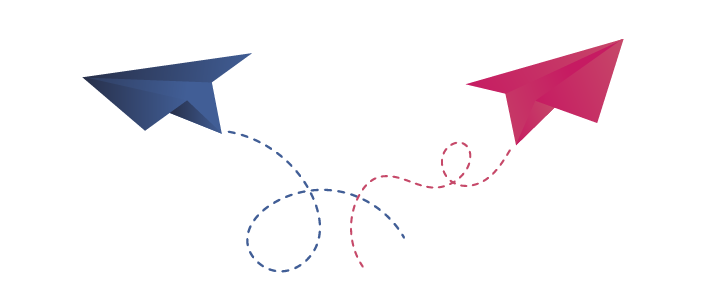The world has evolved drastically in recent years, and so has the way we communicate. Lockdown has forced us to transform our information consumption habits and seek out different means to stay up-to-date, entertain ourselves, work, and even study. Taking advantage of this evolution to position messages depends on understanding the adjustments in the media, the journalistic and digital environment, and public relations work.
Even before the pandemic began, digital channels were already much more in demand among the population, while traditional media consumption was beginning to decline. This may be due to several factors: the credibility of mainstream news outlets has been seriously questioned, the growing preference among younger people for digital content, and the use of mobile devices as a daily source of information, among others.
However, this doesn't mean that traditional media is on the verge of extinction; it's simply a digital ecosystem that we've embraced due to technological, cultural, and social change, and one in which thousands of companies have had to immerse themselves.
Traditional media have learned to adapt to new formats and find ways to provide valuable, fact-based information. Television news and radio programs continue to position themselves as the official source, primarily for the health sector, a vital industry in times of crisis like the one we are experiencing. Newspapers, for their part, have migrated to digital platforms, replicating their articles and columns on websites and podcasts, which have generated a diverse age range among their audiences.
Change and adaptation, that's the key. It should come as no surprise that during the lockdown, broadcast television increased its ratings by 3.36 points, while radio grew its audience by 4.36% and its household listenership by 33%. Newscasts were the favorite genre for both television and radio viewers.
On the other hand, consumption of social media, digital channels, web portals, streaming services, and podcasts is also on the rise and, without a doubt, these are media that are here to stay. This is where consumers make purchasing decisions, follow opinion influencers, and are immediately affected by the daily information they can access on their cell phones or laptops.
Now... how do we use all these media to our advantage? It's important to note that each traditional or digital channel has a distinct function and audience. The PR's job is to guide the client or company down the right path based on their objective, message, and/or target audience . Not all media will serve the same purpose for the strategy, nor can we rule out a channel simply because we're unfamiliar with it. Therefore, it's important to have the support of a professional who can align our needs with the medium we want to reach and thus achieve proper management.
In short, we must keep in mind that no medium is small; all can work and complement a communication strategy depending on their relevance to the sector, the audience, and the desired objective.





